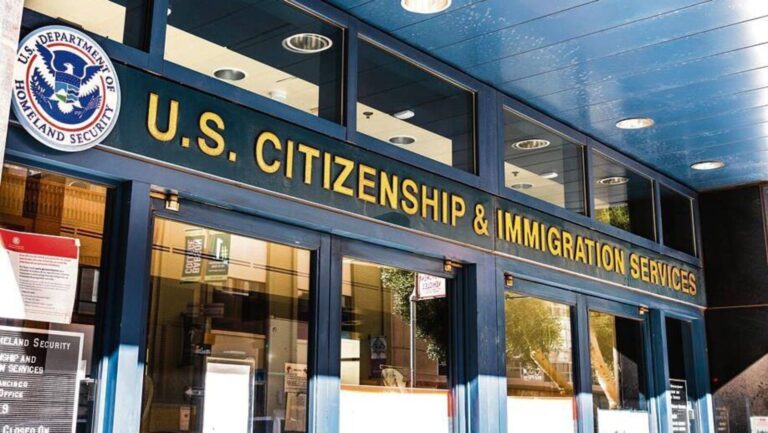India has emerged as the second-largest supplier of new citizens to the US, with a total of 65,960 Indians expected to officially become US citizens in 2022, according to data from the latest Congressional Report. . According to a PTI report, India is only behind Mexico in terms of new national origins.
According to data from the U.S. Census Bureau’s American Community Survey, an estimated 46 million foreign-born people will be living in the United States in 2022, representing about 14% of the total U.S. population of 333 million. I am. Of these, approximately 53 percent report status as naturalized citizens, for a total of 24.5 million people.
US naturalization statistics
The Independent Congressional Research Service’s latest U.S. Naturalization Policy report, dated April 15, found that a total of 969,380 people became naturalized U.S. citizens in fiscal year 2022. Mexico had the largest number of naturalized citizens, followed by India, the Philippines, Cuba, and the Dominican Republic.
According to the latest data, the highest number of naturalized people came from Mexico, with 128,878 people, followed by India (65,960), the Philippines (53,413), Cuba (46,913), and the Dominican Republic. Republic (34,525), Vietnam (33,246), China (27,038).
As of 2023, India has 2,831,330 foreign-born American citizens, second only to Mexico’s 10,638,429. China ranks third with 2,225,447 foreign-born Americans.
Qualifications and backlog
However, the CRS report notes that 42 percent of Indian-born foreign nationals living in the United States are currently unable to obtain U.S. citizenship. As of 2023, approximately 290,000 Indian-born foreign nationals holding green cards or legal permanent resident status (LPR) may be eligible for naturalization. In recent years, concerns have been raised about the backlog of USCIS naturalization applications.
Despite a continuing backlog since fiscal year 2020, USCIS has made progress in reducing the number of pending naturalization applications. By the end of fiscal 2023, the agency will have approximately 408,000 pending naturalization applications, down from 943,000 at the end of fiscal 2020.
To be eligible for naturalization, applicants must meet certain requirements outlined in the Immigration and Nationality Act (INA), including being a Lawful Permanent Resident (LPR) for at least five years. The proportion of foreign-born naturalized people varies depending on factors such as country of origin, with some countries having higher naturalization rates than others.
The lowest proportions of foreign-born naturalized immigrants are found among immigrants from Honduras, Guatemala, Venezuela, Mexico, El Salvador, and Brazil, and the highest among immigrants from Vietnam, the Philippines, Russia, Jamaica, and Pakistan.
(With inputs from PTI)
Unlock a world of benefits! From insightful newsletters to real-time inventory tracking, breaking news and personalized newsfeeds, it’s all here, just a click away. Log in here!

